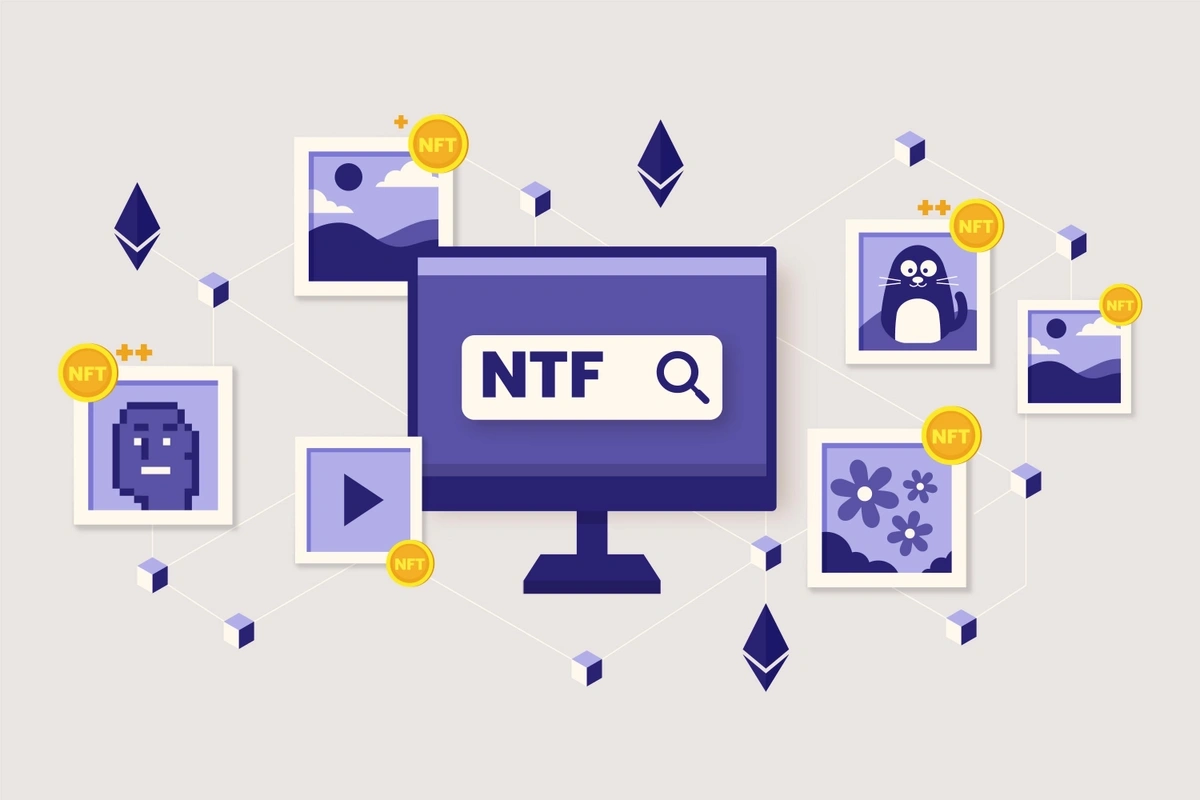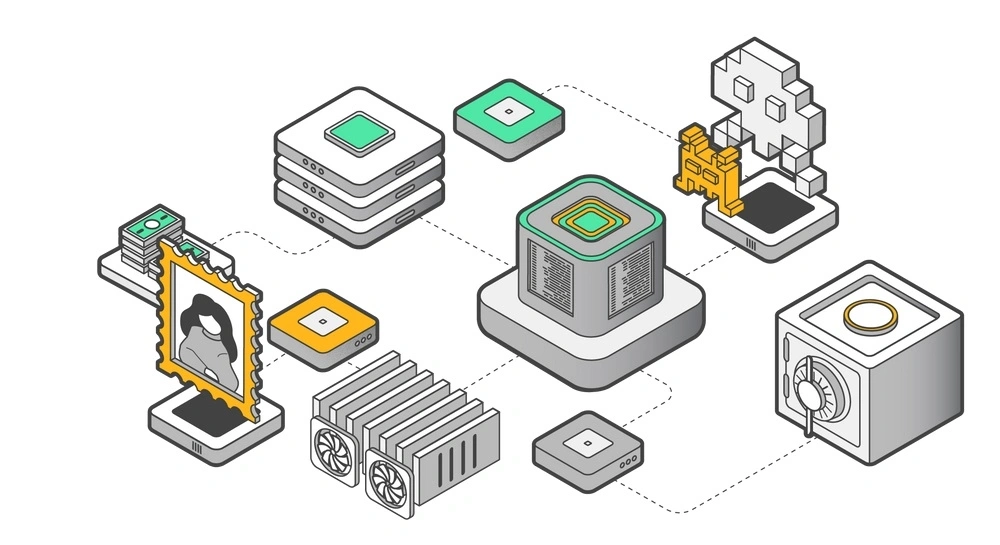As cryptocurrencies keep attracting more attention, people often come across names like Avalanche and Solana. Both are significant players in the crypto space, and for good reasons. They offer unique features, capabilities, and visions for the future of decentralized finance (DeFi). Understanding what sets each apart is crucial for anyone looking to get involved in crypto, whether you're investing, trading, or just curious about the technology.
Get to Know Avalanche in 2024
Overview of Avalanche
Avalanche (AVAX) is a blockchain platform that's all about speed, efficiency, and expanding what's possible in DeFi. Since it started, AVAX’s goal has been simple: make transactions fast, make building on blockchain easier, and open up new possibilities for developers and users alike. It’s trying to push the boundaries of what we expect from blockchain technology.
Key Features of Avalanche
Scalability
Avalanche is a beast when it comes to handling transactions. It's built to process many transactions quickly without bogging down. This means applications on Avalanche can run smoothly, even when a lot of people are using them.
Security
Keeping everything secure is a big deal for Avalanche. They've put in place robust measures to protect transactions and ensure that the network stays resilient against attacks.
Decentralization
Avalanche takes the idea of not having a central point of control seriously. It's designed so that no single entity has too much power, which is essential for a truly decentralized financial system.
Consensus Mechanism
What really sets Avalanche apart is its consensus mechanism. This is the fancy tech that allows all parts of the Avalanche network to agree on the state of transactions. It's different from what you'd find in other blockchains, making Avalanche unique.
Avalanche’s Ecosystem and Community
The ecosystem of Avalanche includes a wide range of decentralized applications (DApps), which span across finance, gaming, and other sectors. DeFi platforms on Avalanche offer services like lending, borrowing, and trading with the advantage of lower fees and faster transactions compared to traditional financial systems. NFT marketplaces on Avalanche enable artists and collectors to mint, buy, and sell digital art securely, leveraging blockchain technology for authenticity and ownership tracking.
The community around Avalanche is made up of developers, investors, and users who contribute to the network's growth and innovation. This includes technical support for developers, educational content for users, and active discussions on development and use cases. The focus is on collaboration and improvement, with resources available for anyone looking to understand or build on the platform.
Avalanche's approach to community and ecosystem development emphasizes open communication and support. Through forums, social media, and other channels, the platform encourages feedback and participation, helping to make the technology accessible and understandable for a broad audience. This collaborative environment drives the platform forward and ensures that it remains responsive to the needs of its diverse user base.
Get to Know Solana in 2024
Overview of Solana
Solana (SOL) is a blockchain platform recognized for its remarkable speed and efficiency. It emerged as a solution to some of the scalability issues faced by earlier blockchains, proposing an architecture that could support thousands of transactions per second without sacrificing decentralization. Founded by Anatoly Yakovenko, Solana's mission revolves around improving blockchain scalability through innovative technology. Since its launch, Solana has gained attention for its ability to facilitate fast and low-cost transactions, making it an attractive platform for developers and users alike.
Key Features of Solana
Scalability
Solana stands out for its incredible throughput, capable of processing tens of thousands of transactions per second. This is achieved through a unique combination of proof-of-history (PoH) and proof-of-stake (PoS) consensus mechanisms, which work together to maximize efficiency.
Security
The platform employs several layers of security measures to protect against attacks and ensure network integrity. This includes the innovative use of PoH for timestamping transactions, which adds an extra layer of security and reliability.
Decentralization
Despite its high throughput, Solana maintains a strong commitment to decentralization. The network is powered by a global, diverse range of validators, ensuring that no single entity can control the majority of the network's computing power.
Consensus Mechanism
Solana's consensus mechanism is unique due to the integration of PoH with PoS. PoH helps to create a historical record of when transactions occurred, significantly reducing the time needed to reach consensus across the network.
Certainly, let's structure the "Solana’s Ecosystem and Community" section to closely match the depth and format of the "Avalanche’s Ecosystem and Community" section:
Solana’s Ecosystem and Community
Solana's ecosystem hosts a range of decentralized applications (DApps), particularly excelling in finance, gaming, and digital art. Its DeFi platforms are recognized for their high transaction speeds and low fees, providing an effective alternative to traditional finance and other blockchain networks. Additionally, Solana has carved out a significant niche in the NFT market, attracting artists and collectors with its efficient transaction processing and lower costs for minting and trading digital collectibles.
The community behind Solana is a mix of developers, investors, and users who actively contribute to the platform’s growth and innovation. Developers find a supportive network and rich resources for building on Solana, while users and investors engage in shaping the platform through feedback and participation. This collective effort focuses on continuous improvement and expansion of the Solana ecosystem.
Solana emphasizes open communication and community support, building an environment where feedback and collaborative development are highly valued. Through forums, social media platforms, and community events, Solana encourages dialogue and participation, making blockchain technology more accessible to a wide audience. This approach drives Solana’s technological advancement and ensures it remains adaptable and inclusive, catering to the needs of its growing user base.
Similarities and Differences: AVAX vs. Solana
Similarities Between Avalanche and Solana
Avalanche and Solana share a foundational goal to enhance the scalability, speed, and efficiency of blockchain technology. This shared vision is evident in their pursuit of developing platforms that can support a vast array of decentralized applications (DApps), from DeFi platforms to NFT marketplaces. Both ecosystems have made significant strides in reducing transaction times and fees, aiming to provide a more user-friendly experience compared to older blockchain technologies. Their support for DeFi and NFTs showcases a commitment to broadening the use cases of blockchain, beyond simple transactions to more complex financial instruments and digital ownership.
Differences: AVAX vs. SOL
Scalability Techniques
When comparing Avalanche vs. Solana, it’s apparent that they take distinct approaches to scalability. Avalanche utilizes a unique consensus mechanism across multiple chains to optimize for speed without compromising security. Its platform is designed around the idea of subnets, allowing for custom blockchain networks that can tailor to specific needs.
On the other hand, Solana achieves scalability through its innovative Proof of History (PoH) consensus combined with Proof of Stake (PoS), focusing on a single high-speed layer to process transactions efficiently.
Consensus Mechanisms
The consensus mechanisms of Avalanche and Solana are fundamentally different. Avalanche's consensus model allows for multiple customized blockchains to coexist and interact within its ecosystem, supporting diverse application needs.
Solana's PoH, a novel approach, creates a historical record of transactions, enabling the network to process them with unprecedented speed. These mechanisms underline their differing approaches to achieving scalability and security.
Ecosystem and Community Support
While both Avalanche and Solana boast vibrant ecosystems and communities, their support structures and community engagement strategies have unique aspects.
Avalanche places a strong emphasis on creating an inclusive environment for developers through extensive documentation, tutorials, and support channels. Solana, meanwhile, has gained traction for its high developer activity, facilitated by the Solana Foundation's grants and incentives aimed at fostering innovation within its ecosystem.
Real-World Adoption - AVAX vs. SOL
In 2024, both platforms have seen notable adoption cases and partnerships, but in slightly different sectors. Avalanche has made significant inroads in the DeFi space, with numerous projects choosing its platform for its scalability and customizable blockchains. Solana, with its high throughput, has attracted a range of applications, including social media and decentralized finance, showcasing its capability to support high-frequency trading platforms and interactive DApps.
Performance Metrics: Avalanche vs. Solana
Solana stands out with its ability to handle up to 65,000 transactions per second (TPS) at a cost of roughly $0.00025 per transaction, making it one of the fastest and most cost-effective platforms available. Avalanche, while processing around 4,500 TPS, offers transactions at about $0.10 each, focusing on customizability and interoperability within its ecosystem.
Is One Objectively Better Than the Other?
Deciding whether Avalanche or Solana is better isn't straightforward. It really comes down to what you're looking for in a blockchain platform.
Avalanche is a hit for those who need flexibility and security in their projects. It's built to support customized blockchain networks, making it a solid pick if you're aiming to develop complex applications or need a platform that can be tailored to specific requirements. Its consensus mechanism balances speed with robust security, appealing to projects that cannot compromise on either.
Solana, with its blazing-fast transaction speeds and minimal fees, is all about efficiency. Its technology is particularly attractive for applications that demand high throughput, like gaming or decentralized finance platforms that handle a lot of transactions quickly and affordably.
Your choice between Avalanche and Solana might depend on your project's needs—whether that's the need for speed and low costs or a preference for customizable blockchains and security. There's no one-size-fits-all answer here; it's about matching your priorities with what each platform offers best.
General Tips for Choosing Which Cryptocurrency to Trade
Understanding Your Trading Goals
Define whether you're after quick profits or long-term growth. Cryptocurrencies with high volatility might suit short-term strategies, while those with a strong foundation may be better for long-term investment.
Research and Due Diligence
It's crucial to track price movements and to understand the technology, market position, and potential of a cryptocurrency. Also, read crypto whitepapers. This foundational knowledge can significantly impact your trading decisions.
Diversification
By investing in a variety of assets, you can mitigate the risks associated with the volatility of the crypto market. This approach protects your portfolio from significant losses if one asset underperforms.
Community and Support
Participating in community discussions and following the development team’s updates can offer insights into a cryptocurrency's potential and upcoming developments, guiding more informed trading decisions.
Monitoring Performance and Trends
Keep an eye on both the historical performance and current trends of cryptocurrencies. This ongoing analysis helps you to spot opportunities and avoid potential pitfalls in your trading journey.
Summarizing Avalanche vs. Solana
Choosing between Avalanche and Solana—or any cryptocurrencies, really—boils down to what you value most in your investments. With the insights and tips shared, you're better equipped to dive into the details, assess your goals, and make a decision that aligns with your strategy. There’s no definitive answer to which is better AVAX vs. SOL, but you can now weigh them both up and decide which is best for you.
More popular crypto comparisons:





